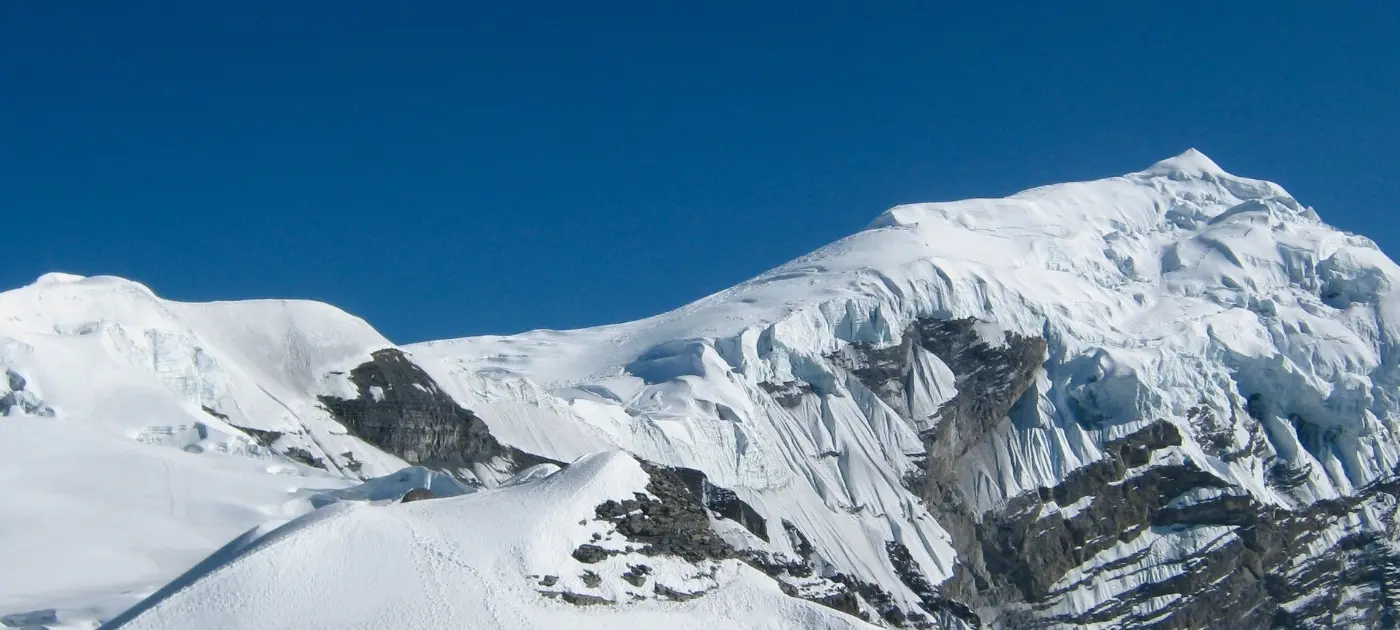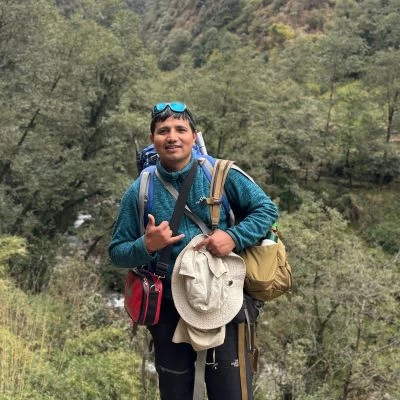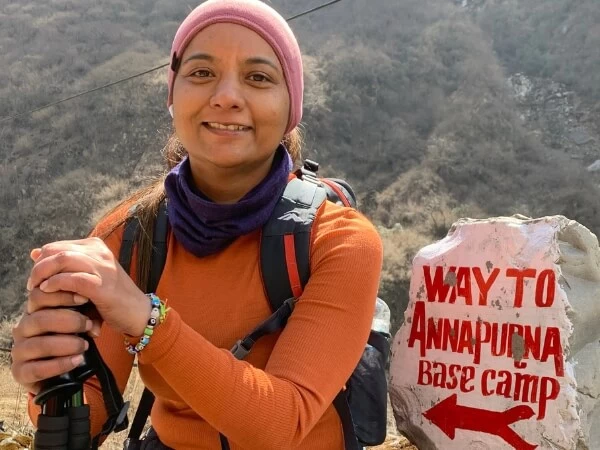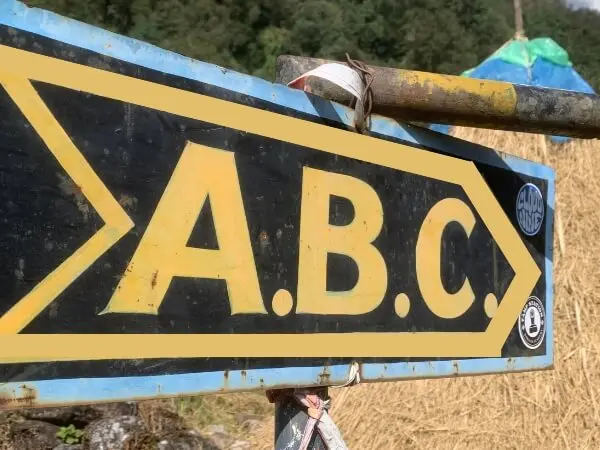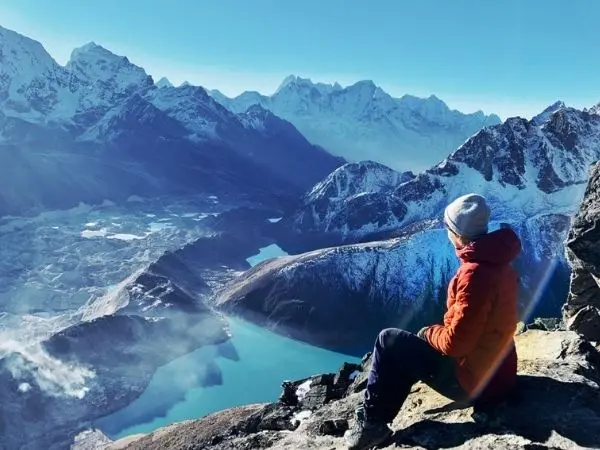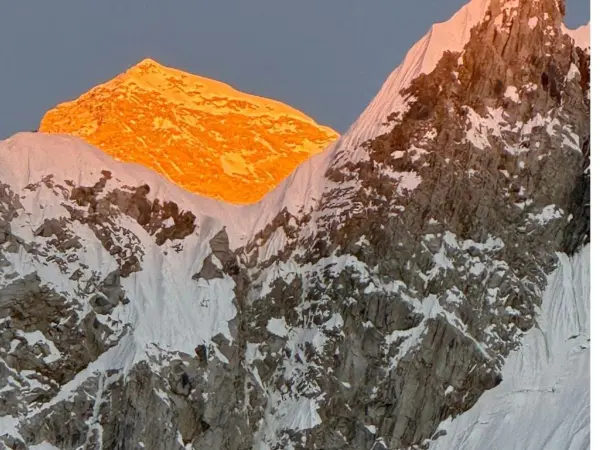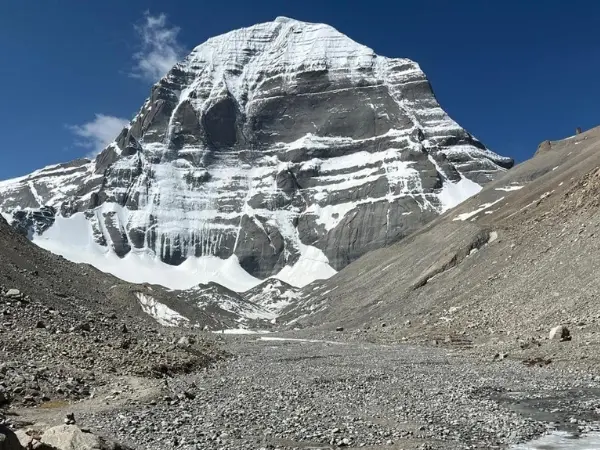This new policy is an important step for Nepal tourism. The emphasis is no longer solely on Mount Everest, but on the entirety of Nepal’s vast and magnificent Himalayan landscape. By offering free climbing permit access to lesser known Himalayan peaks, promoting beginner friendly peaks in Nepal, and implementing strict Nepal’s new climbing regulations has given itself a chance to create a strong and resilient tourism future, one that is accessible, inclusive, and environmentally responsible. Whether you are a new climber training on 7,000-meter mountains, a budget traveler looking for a Nepal’s budget climbing destinations, or an experienced adventurer looking for remote Himalayan trekking routes, the coming years bring remarkable new opportunities. Now is the time to climb Nepal without permit fee, explore new terrain, and become part of a chapter in history that values exploration as much as preservation, and celebrates human spirit as much as summit success.
Nepal Introduces Free Permits for 97 Hidden Himalayan Peaks
Nepal’s tourism sector has started entering a new transformational phase with the potential to reshape the world’s perception of the Himalayas. For decades, the country’s adventure image has been almost centered entirely around Mount Everest, which is the apex of mountaineering and human endurance. Everest has attracted a thousands of international climbers and trekkers from all over the world. While the country get benefit from a constant flow of revenue from the permit fees, the world’s highest peak has faced enormous challenges, including congestion, pollution, loss of life, and irreversible damage to fragile high-altitude ecosystems. Understanding that the existing model needed a fresh approach, the government of Nepal has come up with a bold initiative, a free climbing permit for 97 Himalayan peaks, most of them located in the remote areas of Karnali province and Sudurpaschim province. As of July 17, 2025 climbers can attempt peaks ranging from 5,870 to 7,132 meters without paying any government royalty charges. This move goes beyond marketing. This shows a drastic change in mountaineering in Nepal’s policy, that seeks to integrate sustainability, fair opportunity, and regional economic development.
Mount Everest Faces Traffic Jams Despite High Permit Revenues
For many years, the reputation of Mount Everest has remained unmatched. The mere mention of the name of this mountain brings images of icy ridges decorated with prayer flags and climbers battling through the harsh “death zone.” From a business perspective, Everest has been a great source of income although the expenses involved were never been cheap. The biggest source of income has been the climbing permit fees, which allowed climbers to climb the mountain legally. In 2024 alone, nearly $4.5 million was collected from Everest permits and the total national revenue from the permit fees was nearly $6 million. However, there was an issue, what initially seemed like a great opportunity, began to reveal a serious problem. The limited route to Everest’s summit turned into a bottleneck, creating dangerous human traffic jams at extreme altitude. Climbers were positioned in the queues for several hours in below zero temperatures with running low on oxygen supplies. Meanwhile, the trash kept building in ice crevasses, making it clear that taking a course correction was not only a wise decision but was also essential for long-term sustainability.
Everest Climbing Permit Gets Pricier with Experience Requirements
To mitigate these issues, government introduced an important regulatory measure, the Everest permit cost increment. Starting September 2025, the cost of a climbing permit will increase to $15,000 during peak season a 36% jump from the previous cost of $11,000. The higher fee will make Everest less accessible, but will also discourage inexperienced high altitude climbers from attempting the climb. More importantly, the new policies state that any Everest aspirant must first successfully summit at least one 7,000-meter mountain in Nepal. This shifts Everest’s role from a starting point to a final examination. The free permit program supports this shift by giving climbers access to safe, less-crowded peaks where they can gain experience which offers them as unexplored training grounds for climbers. In addition to improving overall safety standards, these measures are expected to raise awareness about the importance of acclimatization and responsible climbing practices. By redirecting climbers toward alternative peaks, the government also aims to reduce long queues near the summit, preserve fragile alpine ecosystems, and encourage a more balanced distribution of tourism across the Himalayan region.
Explore Nepal’s Uncrowded Himalayan Mountains with Free Permits
In that sense, the free climbing permit initiative is much more than just a price waiver. It is an open invitation to explore lesser-known Himalayan peaks and discover adventure in remote regions of Himalayas. The majority of the 97 newly accessible mountains have barely been climbed and in the past two years only 68 climbers have attempted to climb them, which is surprising compared to the hundreds who go to Mount Everest every spring. These least populated mountains are located in the remote areas of Nepal, especially in the Karnali province and Sudurpaschim province. These regions are renowned for local communities, pristine valleys, dramatic cliffs, and the endless views but until now, they have remained off the tourism radar due to poor access and limited infrastructure. For the climbers who are seeking for local cultures, tourist free areas and fresh challenges, these landscapes are an amazing sense of undiscovered nature and raw beauty. For mountaineers, these regions are absolutely original and promising, balancing with untouched nature, and providing first climbing opportunities away from crowded and commercial paths.
Free Permits Encourage Skill-Building on Nepal’s 7,000m Peaks
One of the key goals behind this new direction for Nepal tourism is to provide fresh options for those seeking Nepal’s budget climbing destinations, without compromising safety or environmental protection. Climbers wishing to gain experience and credibility before tackling Everest now see real opportunities. Climbing 7,000-meter mountains allows climbers to build essential high-altitude skills. The barriers that previously restricted access to the peaks have now been lifted due to the new free climbing permit system. Now, this makes it possible for local communities to engage in tourism services and invest in infrastructure, while the climbers would enjoy climbing in a more authentic and cultural rich experience.
Experts Praise Nepal’s Initiative to Expand Mountaineering Beyond Everest
This initiative has been praised from industry experts, describing it seeks to transform mountaineering in Nepal, something that should have been done a long before. Until very recently, the majority of commercially available climbing routes, trekking routes, and even the associated advertisements revolved around a handful of well-known Himalayan hubs. While focusing on a few popular breathtaking mountains has left many other beautiful areas unexplored. The new policy encourages the opposite, it promotes remote Himalayan trekking routes and creates visibility for emerging adventure destinations. In fact, some analysts believe that this could mark the beginning of a new golden age for exploratory mountaineering in which international climbers discover the beauty of remote Nepal.
Budget Climbing Initiative Empowers Karnali and Sudurpaschim Communities
The most essential thing about this program is that, it will have significant social impacts for the people who lives in remote areas of Nepal where there is less opportunity of economic growth. Karnali province and Sudurpaschim province are one of the poorest parts of the country, often receiving little benefit from national programs for development plans. Launching Nepal’s budget climbing destinations program in these regions opens up new paths for livelihood. Local guides can become certified guide with proper training, lodges and homestays can multiply, rough transport corridors can be formally maintained, and entire communities can stock up with groceries, gear, and handicrafts needed for foreign climbers. Thoughtful planning of visitor flows can change previously isolated villages into vibrant hubs, by welcoming trekkers and exchanging each other cultures, ultimately strengthening the local economy.
Nepal’s New Climbing Rules Focus on Safety and Conservation
Of course, some important cautions are necessary. The government is aware that the success of the program “Climb Nepal without permit fee” initiative rely on effective implementation and proper monitoring. The new regulations aim to minimize risks and ensure that only experienced trekkers can attempt the high-altitude climbs. Under the new climbing regulations Nepal, all climbers for every peak must be accompanied by licensed Nepali guides, and previously accepted solo climbs are no longer permitted. Those who attempt to climb will be required to follow environmental conservation protocols, such as carrying biodegradable waste bags and using GPS tracking devices. These important steps support both environmental protection and improves search and rescue operations, which are vital in such isolated terrain.
Beginner Friendly Peaks Enhance Authentic Himalayan Adventure Experiences
Another important aspect of reforms is the focus on beginner-friendly peaks in Nepal. Most of the newly opened mountains are between 5,970 and 7,132 meters altitude, which means beginner to intermediate climbers can slowly develop their skills and confidence. This supports the global move toward the responsible tourism by government, where travelers seek deeper connection with places they travel rather than simply climbing the most famous summit. Choosing remote Himalayan trekking routes also increase the flow of tourists across the region and gives individual more meaningful experiences by connecting them with unique natural and cultural experience.
Nepal Inspires Climbers with Training Grounds Across Mountain Ranges
Importantly, the government is keen to promote the idea that Nepal tourism is more than just with one famous mountain. Adventure, discovery, and personal growth can be found throughout the country’s stunning mountain ranges. The concept of training grounds for climbers may sounds like a technical term, but it has the potential to inspire a whole generation of explorers who seek to develop their abilities within breathtaking and diverse alpine environments. Instead of arriving in Nepal merely to climb Mount Everest, these individuals can now build an entire mountaineering journey that spans lesser-known mountain ranges, local villages, and world class beginner friendly peaks in Nepal.
Nepal’s Tourism Growth Demands Better Roads, Healthcare, and Services
While excitement is high, stakeholders also know that full success requires tackling long standing challenges. Improving infrastructure in remote areas of Nepal is one of the biggest challenges. Roads are scarce, airstrips are basic, and limited healthcare facilities. If international climbers begin to arrive in significant numbers, the pressure on these limited resources could become overwhelming. That’s why tourism authorities stress the importance of collaboration between regional governments, local communities, and the private sector. For the momentum of the free climbing permit, there must be investment in basic amenities such as accommodation, telecommunications, and transportation.
Two-Year Initiative to Inspire Long-Term Nepal Tourism Development
This is where long-term planning becomes really important. Although the climb Nepal without permit fee opportunity currently lasts for only two years, the goal is that it will inspire real concrete development projects that continue even after the waiver ends. Policymakers see this period as a testing ground for a new model of Nepal tourism, one that combines high adrenaline adventure with economic growth, preservation of traditional cultures, and environmental protection. They also believe it is a way to establish Nepal as a leader in regulated, ethical, and sustainable mountaineering. As the impact of climate change becomes more noticeable in the Himalayas, safeguarding local ecosystems is not just a goal, it is a shared global responsibility.
Nepal’s Visionary Move Elevates Remote Himalayan Communities
There is also a wider geopolitical background to consider. Nepal is located between two of the world’s most populous countries, India and China. By promoting remote Himalayan trekking routes of Karnali province and Sudurpaschim province in these countries, Nepal strengthens its own cultural and economic identity, helping local communities to thrive on their own terms. These areas are no longer seen as distant or unimportant, but as protectors of unique and irreplaceable landscapes with world-class mountaineering potential. Many observers are already calling this one of the most visionary transitions in mountaineering in Nepal in decades.
Nepal’s Tourism Embraces Cultural and Natural Exploration
Even experienced guides and tour operators agree that these changes could completely change the narrative surrounding Nepal’s budget climbing destinations. Instead of only traveling for a famous summit, climbers will travel for deeper experiences following routes that passes through old villages, yak pastures, subtropical forests, and glaciated valleys. International climbers will discover that a true sense of adventure can be found not only in a highest peak but in the connections made along the way, with local porters, village residents, and other travelers. The value of such encounters is immeasurable and human connections are priceless that will shape the future of Nepal tourism.
Balancing Tourism Flow is Vital for Nepal’s Remote Mountain Regions
Experts believe the success of the policy of new climbing regulations Nepal and free climbing permit scheme depends upon on key, that is balance. If few people visits, the initiative may have little effect, if there is high flow of travelers the fragile environment in remote areas of Nepal could be harmed. The next two years will be a crucial period of observation, adjustment, and adaptation. If handled carefully, these 97 peaks could form the foundation for a diversified and decentralized adventure tourism sector, something Nepal has needed for a long time.
